Ancient Egyptian Art Chapters 1&2
1/82
There's no tags or description
Looks like no tags are added yet.
Name | Mastery | Learn | Test | Matching | Spaced |
|---|
No study sessions yet.
83 Terms
Kneeling Bull Holding Spouted Vessel ca. 3000 BCE
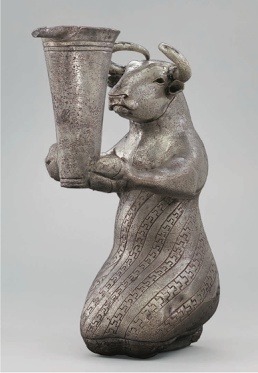
Cylinder Seal with Priest-King from Uruk
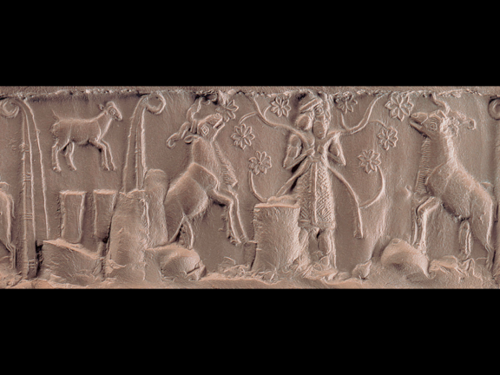
Warka Vase Sumerian 3300 - 3000 BCE
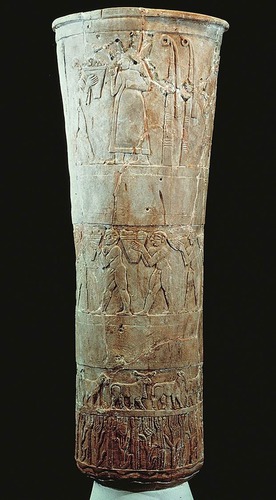
Warka Head, Uruk Period
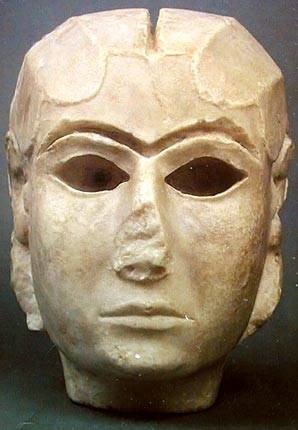
cone mosaic from Warka /Uruk 3300-3000 BCE
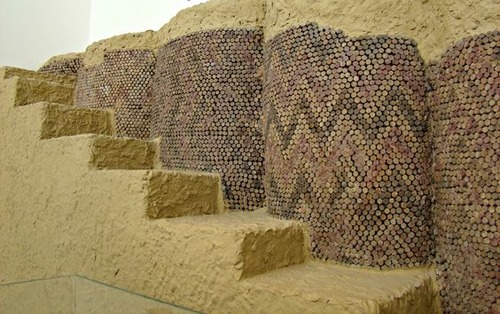
Bevel-rim bowls
small undecorated vessels made of coarse clay that are ubiquitous on Uruk-period sites
bitumen
a black sticky substance obtained from oil, used for covering roads or roofs

canal
an artificial waterway
cone mosaic
small clay cones which, pointed end first, have been pressed tightly together into a wall coated with a thick layer of wet plaster.
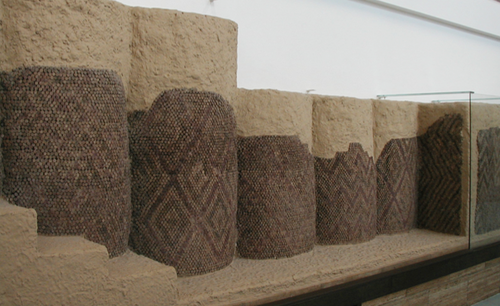
cuneiform
A system of writing in which wedge-shaped symbols represented words or syllables.

cylinder seal
a round piece of carved stone that when rolled onto clay produces an image
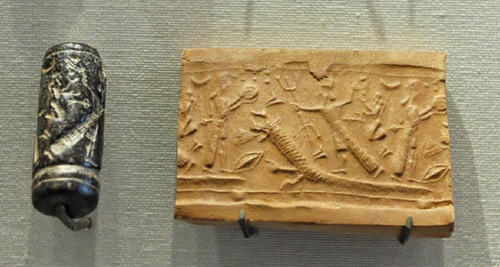
eponymous
referring to the name of a person, a mythical being, or a literary figure associated with something, or to a word incorporating the name of such a person such as Achilles is the eponym of the Achilles tendon
glyptic
is a mark or sign with specific meaning
lapis lazuli
a semiprecious blue stone
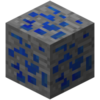
rebus
PUZZLE IN WHICH PICTURES OR SYMBOLS REPRESENT WORDS
What is the purpose of stamper seals ?
Stamp seals were used in antiquity as marks of ownership and badges of status.
What is the purpose of cylinder seals
Cylinder seals were employed in marking personal property and in making documents legally binding.
Intaligo
a design incised or engraved into a material.
Semiotics
deriving meaning from patterns or signs
tel
end, completion
Ziggurat
massive pyramidal stepped tower made of mudbricks.
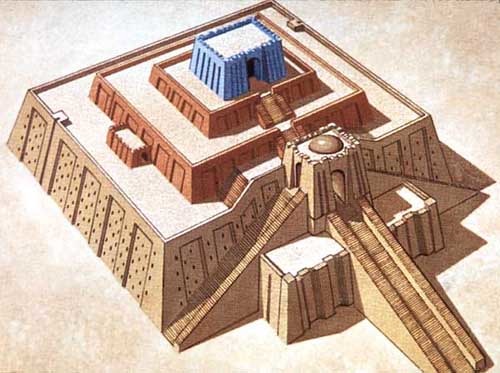
Euphrates River
A river in southwestern Asia that flows through the southern part of the Fertile Crescent.

Persian Gulf (Arabian Gulf)
Body of Water between the Arabian Peninsula and Iran
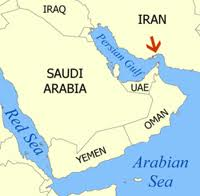
Tigris River
River that flows across a low, flat plain in Iraq and joins the Euphrates River
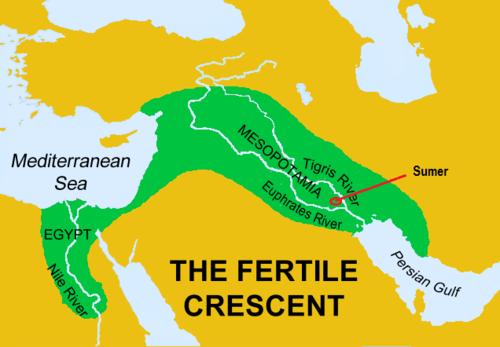
Taurus Mountains
A Mountain range in southern Turkey
Zakros/Zagros Mountains
Mountains bordering the eastern boundary of Ancient Mesopotamia
Eridu ( God Enki)
the first city ever (how it was described in stories and chronicles), Eridu was once a marshland, but it dried up leaving remains in the dry desert
Described as the home to god where god can come down and visit their temples, God in Eridu is named Enki and was symbolized by a fish
First occupied about 5400 BCE and abandoned by 600 BCE
Susa
modern city of Sushan and is by the Kuran river in Khuzistan
At the highest point of the tell, the acropolis with a complex of temples, below the acropolis, a cemetery and trash heap
Samarra
Where: present-day Iraq; What: where the largest mosque at the time was built; When: the mosques was built from 848 to 852
Uruk (Warka)
large city, 60,000, they had a good agricultural as well as irrigation, they had sewage pipes
Neolithic (New Stone Age)
The New Stone Age between 8000 and 5000 B.C.E
Ubaid
6500-3800
Uruk/Warka
4000-3000
Jemdet Nasr Period
4000-3000 BCE
Herodotus
Greek Historian, considered the father of History.
Gilgamesh
hero of Mesopotamian epic poem
Pu-abi
Queen of Ur (2500 BCE)
Inanna/Ishtar
Iruk goddess of love and war
Demuzi/Demussi
Ishtar's Lover
Enki
Eridu god of water
Enlil/Anu
Sky God of Nippur
Nin/Nan
Ur Moon God
Ninhursag
( In Tell al Ubaid )Earth and mother goddess
Ningirsu
( In langash , a warrior , son of Ninhursag)
Anzu Bird/Imdugud
Lion Headed Eagle Storm God
Kish
an early city-state in Mesopotamia
Lagash
Located in the Fertile Crescent; in between the Tigris and the Euphrates Rivers; east of Akkad and Babylon, northeast of Uruk, north of Ur
Mari
Mari was an ancient Semitic city-state in modern-day Syria
Nippur
Nippur was an ancient Sumerian city. It was the special seat of the worship of the Sumerian god Enlil, the "Lord Wind", ruler of the cosmos,
Tell al Ubaid
relatively small tell (settlement mound) west of nearby Ur in southern Iraq's Dhi Qar Governorate.
Standing Figures from Tell Asmar ( Eshunna) 2700 BCE
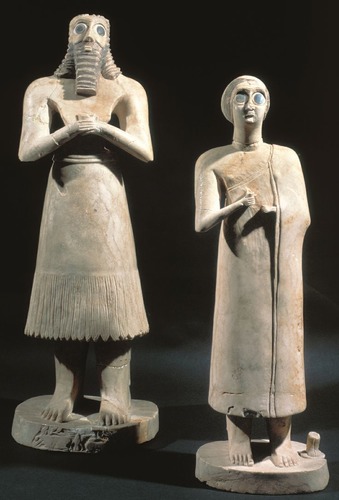
Ebih-il of Mari 2400 BCE
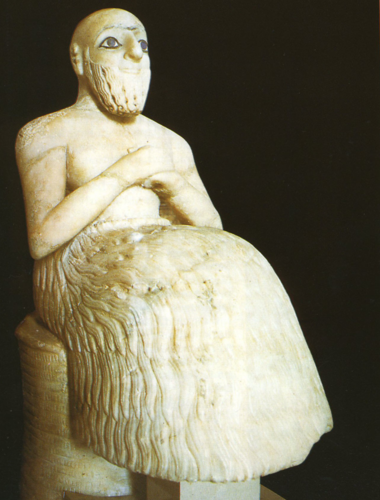
Copper Relief from the temple Ninhursag 2600-2400 BCE
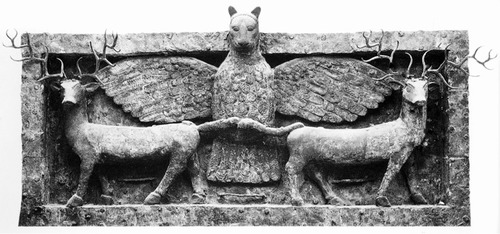
Steele of Eannatum ( Sumerian Dynastic Period ) 2600 BCE

Macehead of Meslim ( Sumerian Dynastic Period) 2500 BCE
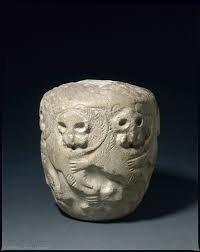
Queen's Lyre 2500 BCE
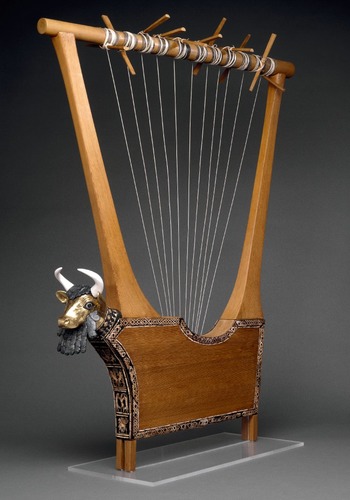
Queen Puabi's Headdress 2500 BCE
An ancient crown found in tombs of Ur.
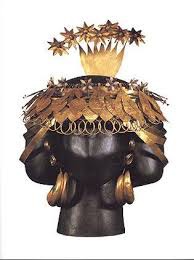
Goat Leaning Against a Tree ( Ram in a Thicket) 2500 BCE
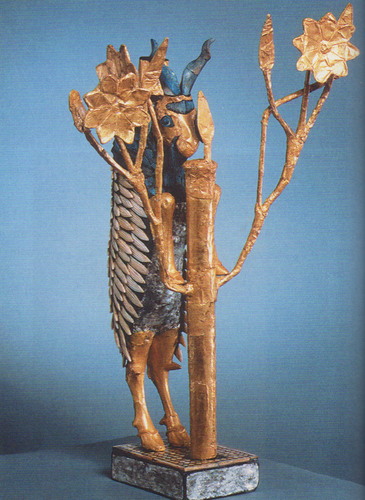
Standard of Ur 2500 BCE
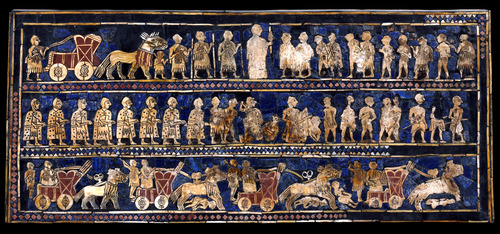
United Kingdom

Egypt

Afghanistan
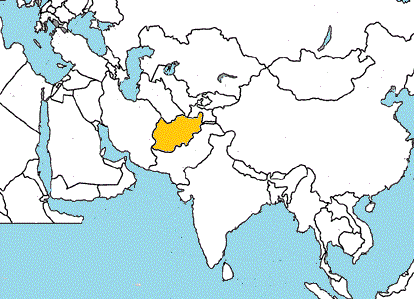
Iran/Persia
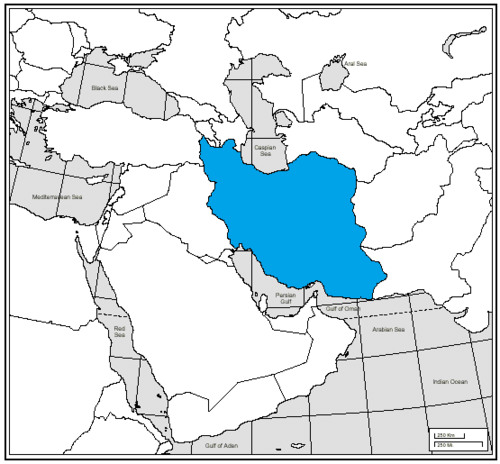
Iraq

Libya
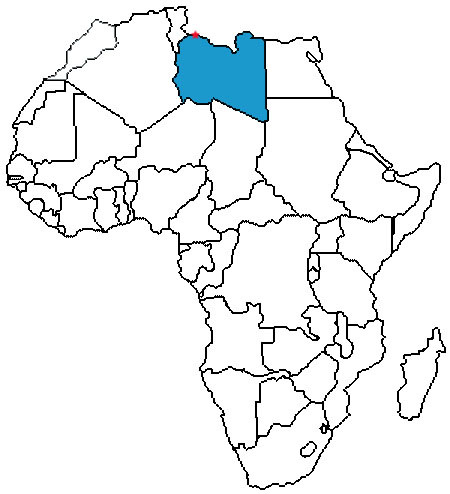
Saudi Arabia
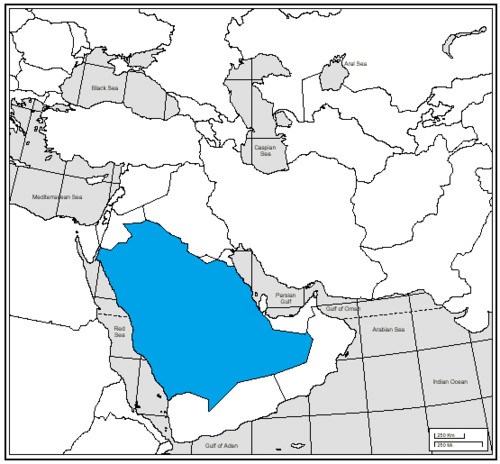
Sudan
Syria
Turkey
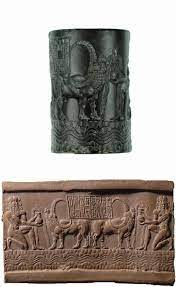
Seal of the Ibru Sharrum: scribe of King Shar 2300-2100 BCE
Sargon or Sharu king
One True King
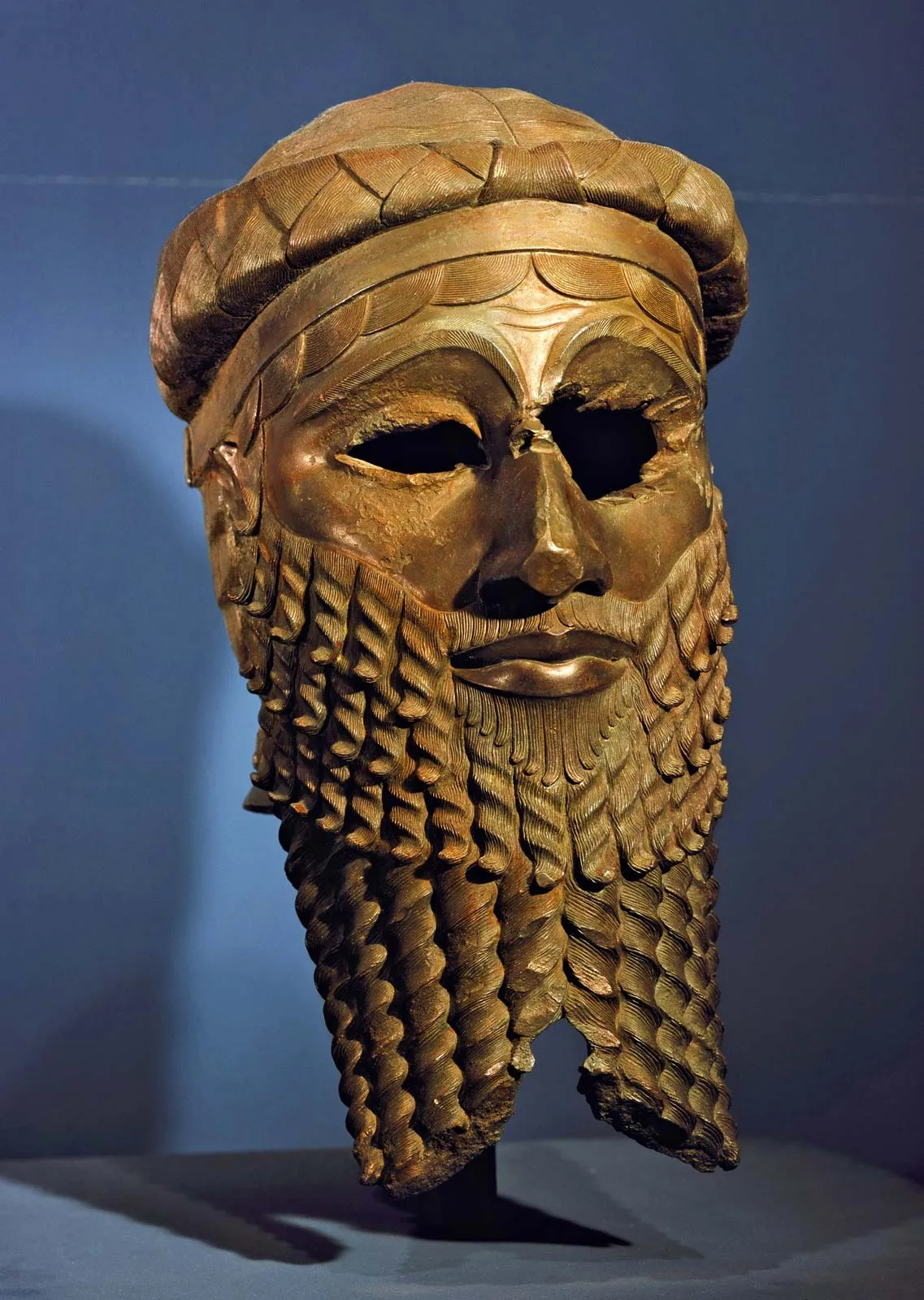
Pantheon
means many gods
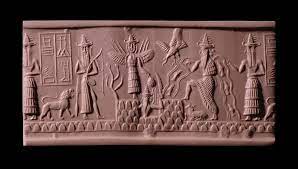
GREENSTONE CYLINDRICAL SEAL OF ACDA WITH ENID
Unknown god with bow Ishtar (rain) Shamash (sun) Enki ( water and fish)
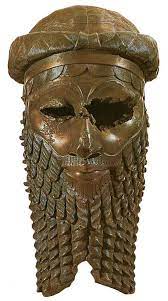
Sargon of Akkad
(2334 - 2279 BCE) was the king of the Akkadian Empire of Mesopotamia, the first multi-national empire in history Made of Bronze

Disk of Enheduanna, daughter of Sargon
disk that is impressed but it is carved in stone and shows where cylindrical seal was used Placing something on the ziggurat Hymns and poems of her were part of school lessons for centuries after
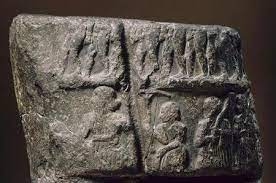
SARGON STELE FROM SUSA 12th century BCE
CARRIED OFF AS WAR TROPHY TO THE CITY OF SUSA SIMILAR TO STELE OF EANNATUM
Nasiriyah Stele:
translucent alabaster
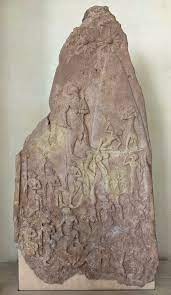
STELE OF NARAM SIN
found at susa, guy on top is the ruler due to his size By putting horns on his head he is a god Relationship between king and gods is that they are friends
THE BASSETSI BRONZE
solid bronze, “shaft in the center” has inscription called great rebellion
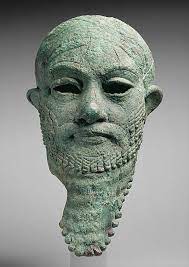
Head of a Ruler